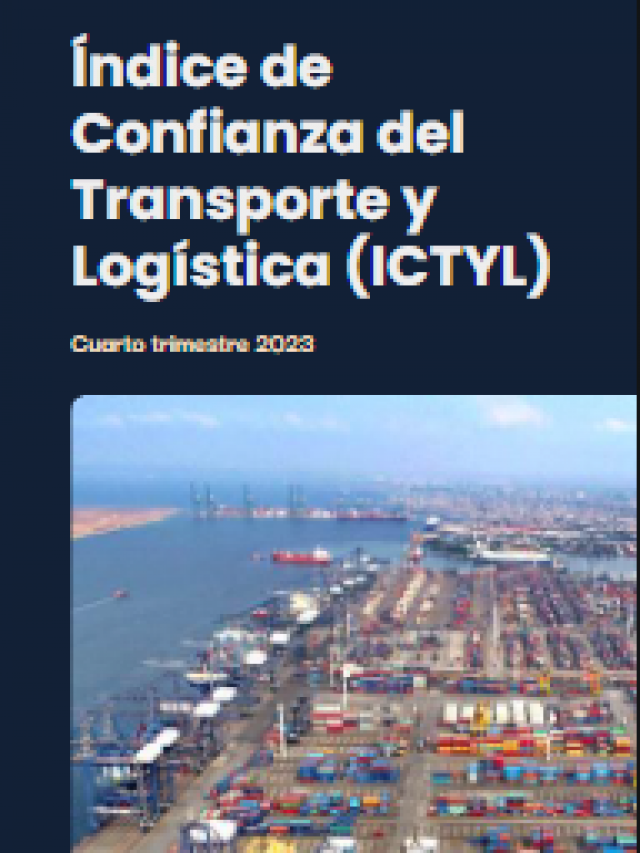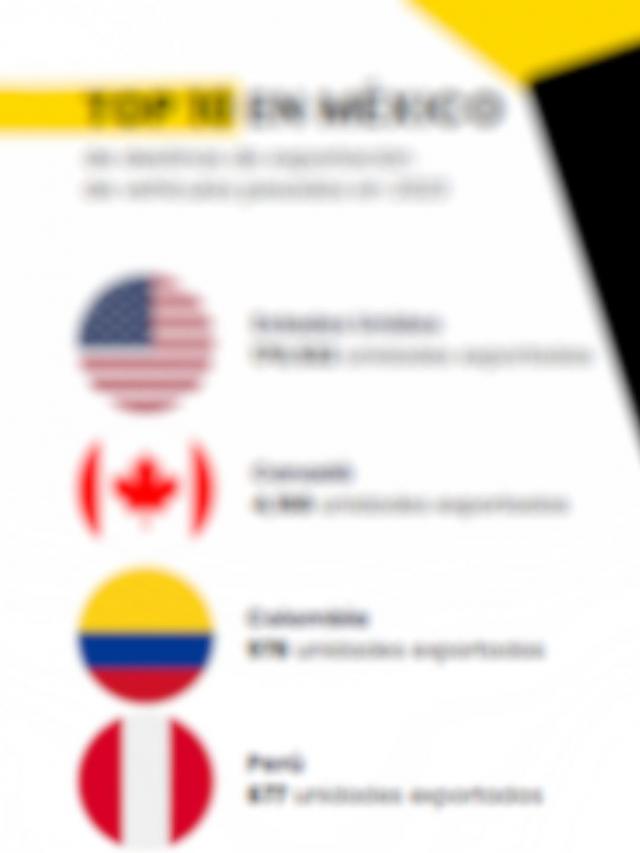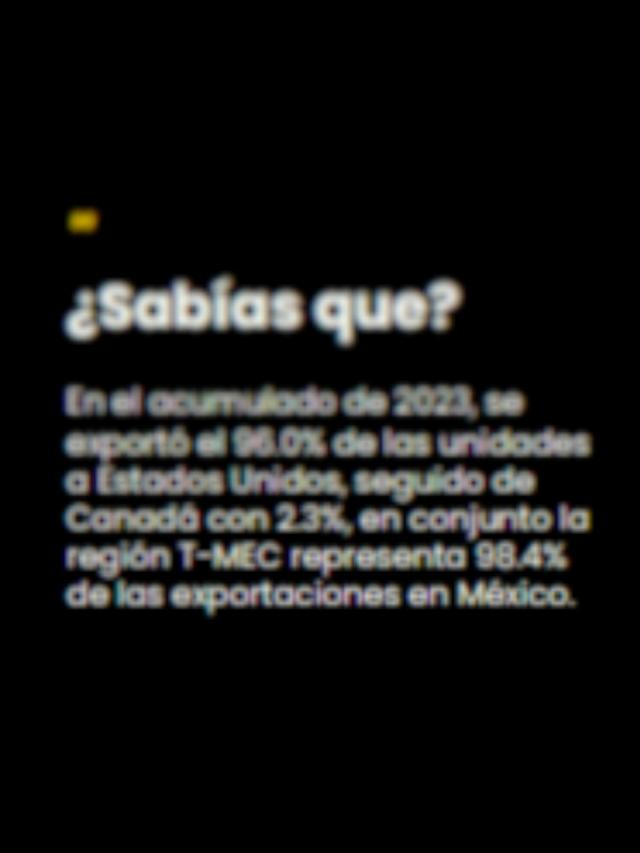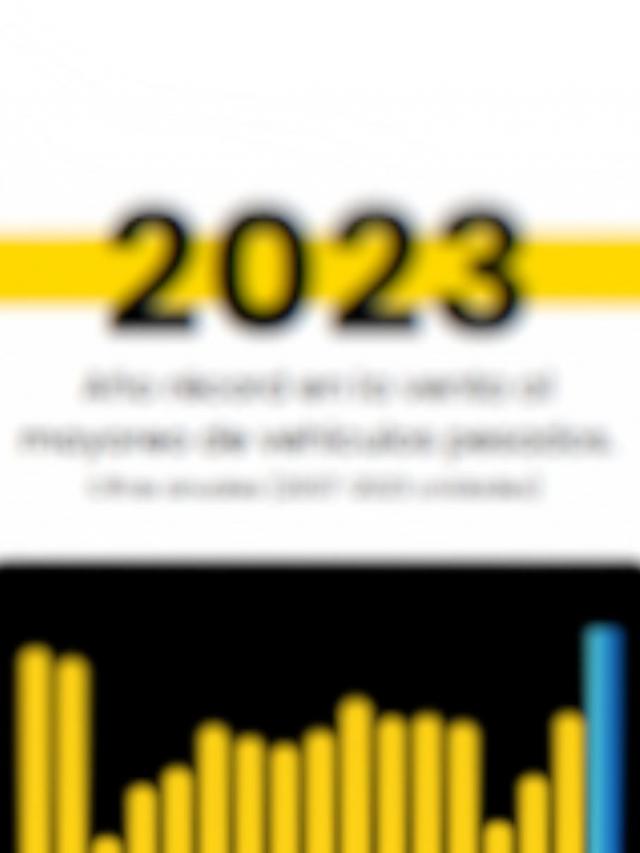
In light of the strategy dictated by the National Palace, which seeks to boost national production through Plan Mexico, the tire retreading industry could be a viable option , boosting local production and job creation.
Today, according to data from the National Chamber of the Rubber Industry (CNIH) , tire renewal is at 23% utilization of installed capacity , “the boost to this sector would represent replacing it with unnecessary tire imports,” CNIH president Juan Pablo Ríos y Valles Boysselle told T21.
Based on what the leader of this chamber shared, the retreading activity is primarily focused on the transportation industry, and that in 2024 it represented sales of more than five million tires, “of which only 830,000 tire shells were retreaded, a ratio of just 0.16 for each new tire. In mature markets, only positions 1 and 2 (front of a truck or tractor-trailer) of a configuration are new, and the rest are retreaded,” he commented, a situation that is not being observed in Mexico.
This situation has led to a 35% drop in the industry’s production compared to the retreading industry during this period in recent years .
This situation is adverse because, according to the president of the CNIH, retread production is primarily represented by domestic manufacturers.
In addition to the boost that would be given to the national production plant, the development of retreading would have effects on the environment, since, as the president of the CNIH explains, the fact of focusing on the acquisition of low-quality tires instead of retreading them, causes the generation of 60 thousand tons of garbage , which could be reduced by renewing 2.6 million tires per year.
“Every retreaded tire means one less new tire in the landfill, and the potential for less CO2 emissions because an additional casing is avoided means fleets and consumers are beginning to reflect on the importance of purchasing products with a longer lifespan to help the environment ,” said Juan Pablo Ríos y Valles.
The positive impact on the environment would not only come from improved waste reduction, but also from employing the highest quality standards in tire production, which can be complemented by tire retreading.

“The tire is responsible for 25% of fuel consumption. Having a tire that offers less rolling resistance translates into efficiency, and by being able to renew it, you can obtain a second or even third life from that tire casing, which represents a lower total operating cost (TOC) for that tire,” stated Juan Pablo Ríos y Valles Boysselle.
Boosting the retreading industry is one of Juan Pablo Ríos y Valles’ strategic lines in his second term at the helm of the CNIH.













